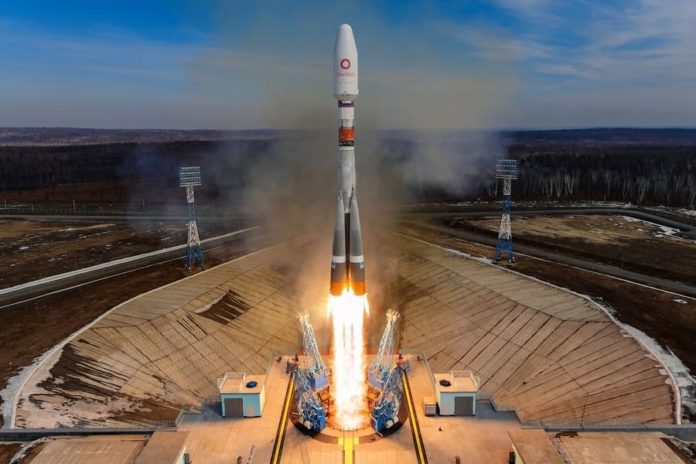Ever watched a rocket launch and felt the thrill as it soars into space? Behind that awe-inspiring moment is a world of advanced technology and engineering marvels. Today’s rocket launches are the culmination of decades of innovation and scientific breakthroughs. Let’s dive into the technology driving today’s rocket launches and see what makes these feats of engineering possible.
The evolution of rocket technology
The journey of modern rockets began with early pioneers like Robert Goddard and Wernher von Braun, who laid the foundation for space exploration. Early rockets were relatively simple, relying on basic principles of physics and chemistry.
The Space Race between the USA and the USSR in the mid-20th century accelerated rocket technology development. This era saw the creation of powerful rockets like the Saturn V, which took humans to the moon.
Modern rocket propulsion
Today’s rockets often use liquid rocket engines, which burn liquid fuel and oxidizer to produce thrust. Engines like SpaceX’s Merlin and Blue Origin’s BE-4 are examples of this technology, providing the power needed to reach space.
Solid rocket boosters are another crucial component, especially for heavy-lift missions. They provide additional thrust during the initial phase of launch. NASA’s Space Launch System (SLS) uses solid rocket boosters to enhance its lifting capability.
Hybrid rocket engines combine elements of both liquid and solid propulsion. They offer a balance between performance and safety. Virgin Galactic’s SpaceShipTwo uses a hybrid rocket engine for its suborbital flights.
Advanced materials and design
The development of lightweight materials, such as aluminum-lithium alloys and carbon-fiber composites, has significantly improved rocket efficiency. These materials reduce the rocket’s weight, allowing for more payload capacity and better performance.
3D printing, or additive manufacturing, has revolutionized rocket production. Companies like Rocket Lab use 3D printing to manufacture complex engine parts quickly and cost-effectively. This technology allows for rapid prototyping and iteration.
Reusable rocket technology, pioneered by SpaceX with the Falcon 9, has transformed the industry. Reusability reduces the cost of launches and makes space more accessible. The ability to land and reuse rockets has set a new standard for efficiency.
Navigation and control systems
Inertial Navigation Systems (INS)
Inertial navigation systems are crucial for maintaining a rocket’s trajectory. These systems use gyroscopes and accelerometers to track the rocket’s position and velocity, ensuring it stays on course.
Flight control software
Modern rockets rely on sophisticated flight control software to manage all aspects of the launch. This software monitors and adjusts the rocket’s flight path in real-time, compensating for any deviations or issues.
Autonomous Flight Safety Systems (AFSS)
Autonomous flight safety systems enhance safety by allowing rockets to self-terminate in case of anomalies. This technology reduces the risk to people and property by ensuring that any out-of-control rockets are safely destroyed.
The Role of Private Companies
SpaceX
SpaceX has been at the forefront of innovation with its reusable rockets and ambitious projects like Starship, which aims to enable interplanetary travel. Their advancements in technology and cost reduction have revolutionized space access.
Blue Origin
Blue Origin focuses on making space travel more accessible through innovations like the New Shepard suborbital vehicle and the upcoming New Glenn orbital rocket. Their efforts aim to reduce the cost of access to space and promote commercial spaceflight.
Rocket Lab
Rocket Lab specializes in small satellite launches with its Electron rocket. The company’s focus on cost-effective, frequent launches is driving advancements in the small satellite industry.
The technology driving today’s rocket launches is a testament to human ingenuity and the relentless pursuit of exploration. From advanced propulsion systems and lightweight materials to reusable rockets and sophisticated navigation systems, each launch represents a blend of cutting-edge science and engineering. As private companies continue to innovate and push the boundaries of what’s possible, the future of space travel looks incredibly promising. The sky is no longer the limit; it’s just the beginning.













